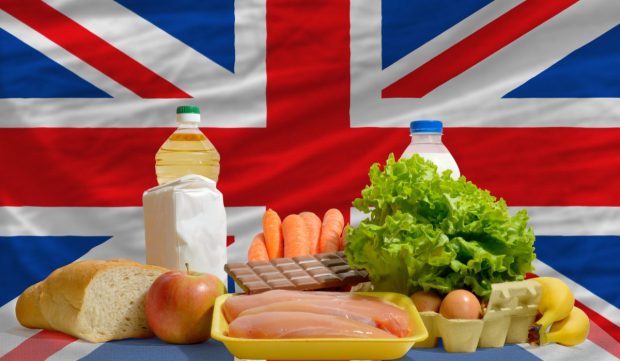UK Shoppers Feel Squeeze as Average Annual Grocery Bill Rises by £380 YoY

The Bank of England recently raised the key interest rate from 1% to 1.25%, and with the bank’s governor warning Britons that more hikes may be on the horizon, U.K. shoppers are experiencing interest rates approaching double figures.
The raise comes amid an ongoing cost-of-living crisis in the country fueled by high energy prices and supply chain issues stemming from Russia’s invasion of Ukraine.
When it comes to shopping for food, Britons can expect to see their annual grocery bills jump by £380 this year as food price inflation hits a fresh 13-year high, according to the latest data from U.K. data analytics firm Kantar.
Read more: UK Expands Interest-Free Emergency Loans to Needy
But what effect will the latest squeeze on the country’s wallets have on the way people shop?
In general, U.K. grocery shoppers are a digital-savvy cohort. Research by PYMNTS found that in 2021, consumers in the United Kingdom were 41% more likely than their U.S. peers to buy groceries online.
In fact, data from the report, “What U.K. Shoppers Expect From Their Grocery Shopping Experience,” suggests that 48% of the country’s shoppers who buy grocery products do so online, with 46% saying that they use a laptop or desktop to do so and 46% shopping with a mobile device.
As retailers look to enhance their value proposition by offering online shoppers loyalty programs that reward repeat customers, it is likely that those customers that have a high level of loyalty to specific supermarket chains will retain their preference for online shopping in this time of rising food prices.
Read also: Grocery Shoppers Engage More With Brands That Offer Fuel Rewards
Yet, according to recent research published by Kantar, in the four weeks to June 12, average store footfall jumped by 3.4% while online fell to its lowest proportion of the market since May 2020 at 12%.
So what’s driving the decline in online grocery shopping? To answer the question, it’s worth considering the specifics of the U.K. supermarket ecosystem.
While Kantar’s data suggests that the country’s biggest supermarkets have experienced declining sales as Britons look to save money on their groceries, it also reveals that sales at discount supermarket chains Aldi and Lidl rose by 7.9% and 9.5%, respectively, in the three months leading up to June 12.
What’s interesting about the two German retailers’ U.K. operations is that, although they both offer click-and-collect services in some stores, neither has rolled out the initiative nationwide. Likewise, grocery delivery is unavailable to Aldi or Lidl customers in the country.
Related: Today in Data: How Consumers Deal With Inflation
Of course, all of this suggests that the current dip in online grocery shopping is directly related to changing supermarket choices as consumers turn their backs on the competition in favor of the German discounters.
Ultimately, despite changing shopping habits, U.K. shoppers still have the highest proportion of households in Europe who report making an online grocery order at least once a month.
And as the country’s consumers feel the effects of rising food prices and change the way they shop accordingly, the question now becomes, how can the online grocery sector respond in order not to lose any more of its market share?
Sign up here for daily updates on all of PYMNTS’ Europe, Middle East, and Africa (EMEA) coverage.